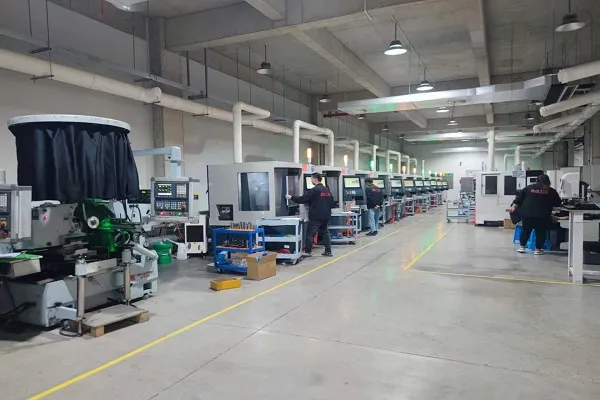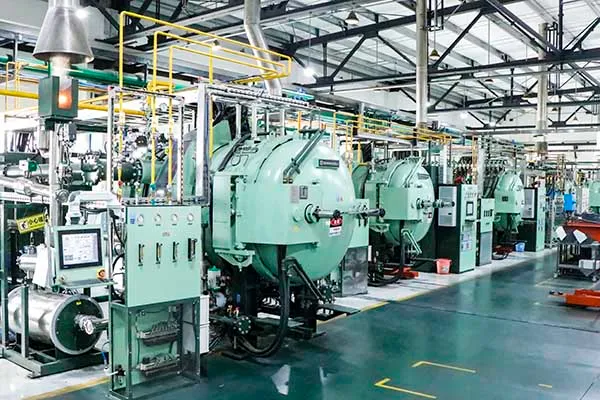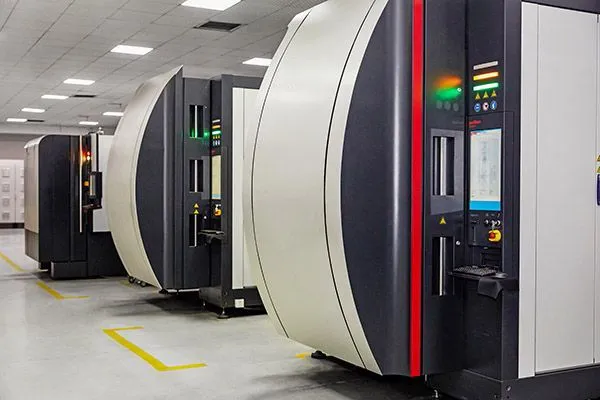

CNMM insert
CNMM insert angle:0° Negative rake insert with a single-sided chipbreaker;
80° rhombic turning insert;
Primary workpiece material: stainless steel, steel, brass, bronze, aluminium and cast iron;
Breaker application: Rough, heavy, semi-finshing;
Matching TurningTool Holder: PCBNR/L, PCLNR/L, MCLNR/L,MCBNR/L;
Grade: CVD;
Material : Tungsten Carbide
CNMM Insert Specifications
Heavy and semi-heavy machining require chip breakers designed for the task. Wide chip breakers optimize chip control at large depths of cut and high feeds. Cutting edge strength is maximized with a flat, negative land design. Conversely, finishing operations benefit from smaller chip breakers to facilitate chip breaking due to reduced cutting force. In finishing, prioritize cutting edge sharpness with a positive land and small edge honing. CNMM insert excel in roughing applications.
CNMM insert tool holder
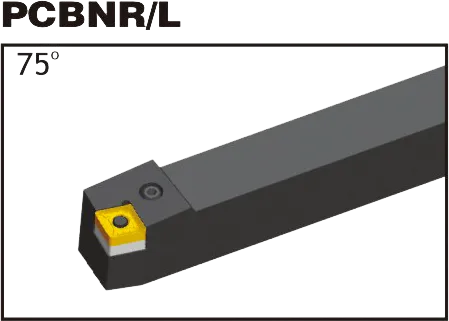


MCLNR/L
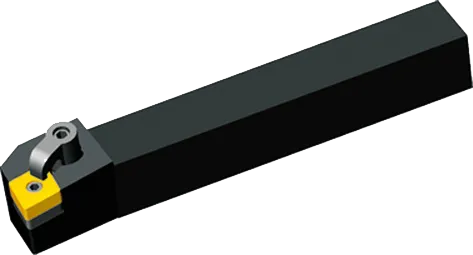
CNMM insert Introduction
1. Dimensions
- 모양: Rhombic (diamond) with an 80-degree included angle.
- Clearance Angle: Negative (typically in the range of -5 to -7 degrees).
- Tolerance: Medium (‘M’) is typical, but other tolerances may exist for specialized needs.
- Inscribed Circle (IC): Determines the overall insert size (common: 12.7mm, 16mm).
- Thickness: Impacts strength and cutting edge count (common: 4.76mm, 6.35mm).
- Corner Radius: Affects strength and surface finish (common: 0.4mm, 0.8mm, 1.2mm).
2. Chipbreaker Geometries
- Hugely Important: Chipbreakers shape how chips form and break, ensuring efficient chip flow, tool protection, and workpiece finish.
- Manufacturer-Specific: Chipbreaker designations are coded into the CNMM code (the “MM”). Refer to manufacturer catalogs for the specifics.
- Match to Operation: Consider:
- 공작물 소재
- Depth of cut (light vs. heavy)
- Desired finish
3. Hole Configuration
- Central Hole: For secure clamping on toolholders.
- Hole-less: Rely on alternative clamping mechanisms.
- Toolholder Compatibility: Essential to match the insert’s hole configuration to your toolholder.
4. Coating and Substrate
- Coating: Common types include TiN, TiAlN, CVD, and PVD. Each offers different wear resistance, thermal properties, and suitability for various materials.
- Substrate: The base carbide material the coating is applied to. Compositions vary, offering toughness vs. wear resistance trade-offs.
- Application-Specific: The right grade is crucial for optimal performance and tool life.
CNMM Insert Dimensions (ISO)
| ISO 지정 | 각인된 원(IC) | 두께 | 모서리 반경 |
|---|---|---|---|
| CNMM 120404 | 12.7mm (0.5") | 4.76mm (0.187") | 0.4mm (0.016") |
| CNMM 120408 | 12.7mm (0.5") | 4.76mm (0.187") | 0.8mm (0.031") |
| CNMM 120412 | 12.7mm (0.5") | 4.76mm (0.187") | 1.2mm (0.047") |
| CNMM 160608 | 16mm (0.63") | 6.35mm (0.25") | 0.8mm (0.031") |
Example: CNMM 120408
- Rhombic (diamond) shape with an 80-degree included angle
- Negative clearance angle
- Manufacturer-specific details within the “MM” designation
- 12mm inscribed circle diameter (approx. 0.47″ in inches)
- 4mm thick (approx. 0.157″ in inches)
- 0.8mm nose radius (approx. 0.031″ in inches)
카바이드 인서트의 과학: 초경 인서트의 제작 방법과 그토록 강력한 이유
카바이드 인서트는 가장 다재다능하고 내구성이 뛰어난 절삭 공구 중 하나입니다. 하지만 어떻게 만들어질까요? 그리고 그토록 강한 이유는 무엇일까요? 이 동영상에서는 텅스텐 카바이드의 특성부터 제조 공정에 이르기까지 카바이드 인서트의 과학적 원리를 살펴봅니다.
소니의 생산 역량

